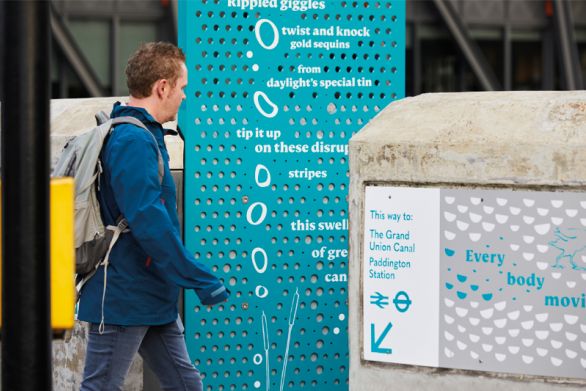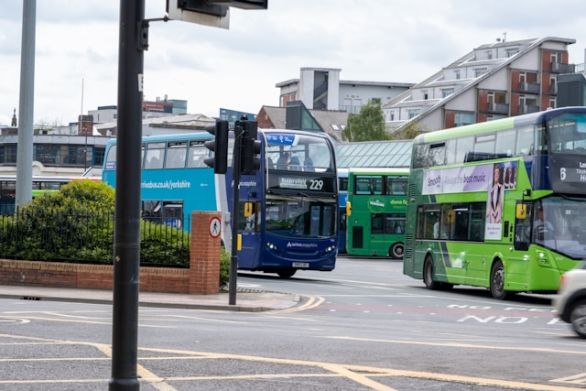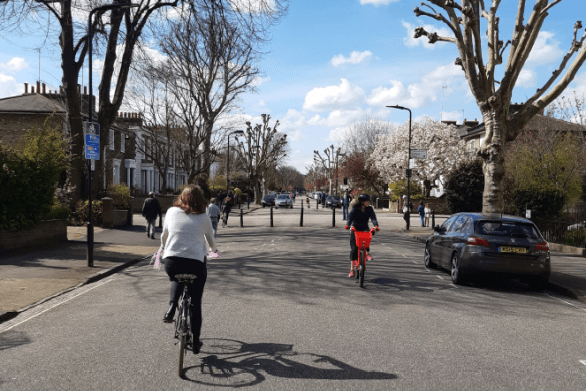Imagine, finally, after much debate, you have the perfect set of transit projects. Transit advocates like it, employers like it, the general population likes it and there is even support from all shades of the political spectrum. Those responsible congratulate themselves on a job well done but one big problem remains: how to fund it. The problem of funding is a familiar one across North America.
Large changes in travel behaviors generally require large projects, with large budgets to match. It is rare that transformational transit investment can simply be funded from general revenue, even where there is the political will to do so. Instead, governments turn to raising revenue from various sources, and dedicating it to investment in transit. This can soften the blow of higher taxes (of any form), as people can directly relate the tax they pay to the infrastructure it builds. There are many potential taxes, but they tend to fall into one of several broad groups.
The first group covers taxes on the general population, sometimes in specific areas. A common example is an increase in sales tax, which can be tailored to very precise geographic areas. Sales taxes have frequently been used in county or metro areas in many parts of the USA, but have yet to be used in Canada. For example, California has a base sales tax of 7.5%, of which 0.5% goes to local transportation projects; Los Angeles County added an extra 0.5% to its local sales tax in 2008 for various transportation projects. The simplicity of a uniform tax is also its main drawback: transportation projects rarely bring uniform benefits across an area, leading to accusations that some areas are burdened by a tax that yields little benefit.
The next group covers taxes on specific behaviors – also known as ‘sin taxes’, where the tax relates directly to travel patterns intended to be discouraged. These include taxes on fuel (and hence auto use), paid parking (as used in Vancouver), or a toll on driving into a downtown area (such as London’s congestion zone). Revenue from fuel taxes are widely used to support transit: set portions of Ontario’s fuel tax and the USA’s federal fuel tax go to support transit. The danger with ‘sin taxes’ intended to modify behaviour is that they can be too successful. London’s congestion charging resulted in lower traffic than expected, leading to a revenue shortfall. This meant that the planned bus service increases had to be partly funded out of general revenue.
The final group are taxes that target those who benefit most from transportation investment. These include higher development charges and tax increment financing. The transportation investment enables more profitable development, and hence the developer pays extra as a result. The main disadvantage is that the revenue generally comes after the money has been spent and the infrastructure is built. Development may take many years, or might not materialize at all.
Governments have a wide set of revenue tools and types of taxes available to them, each with various advantages and effects. These need to be considered within the political landscape in order to maximize public support and the overall chance of implementing the planned transportation upgrades.











